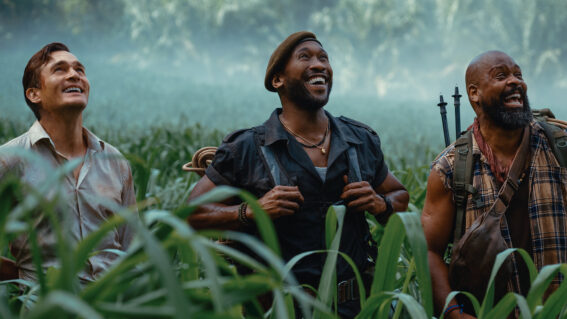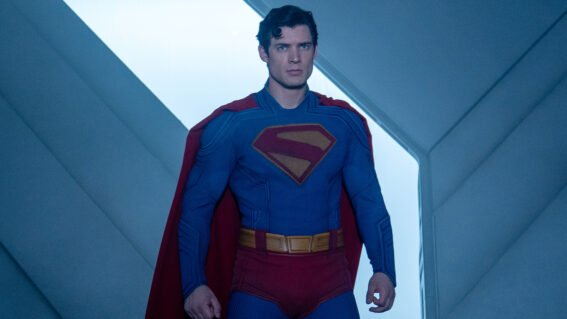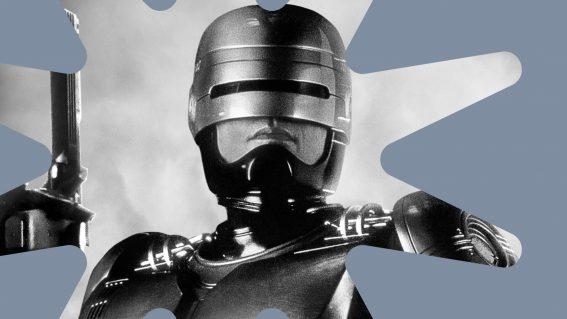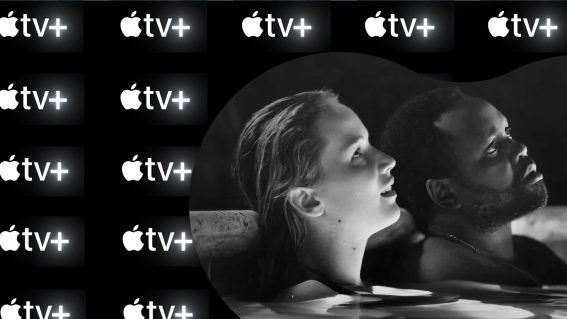Where does the love for Jim Carrey’s Grinch come from?
It all has to do with what came before.
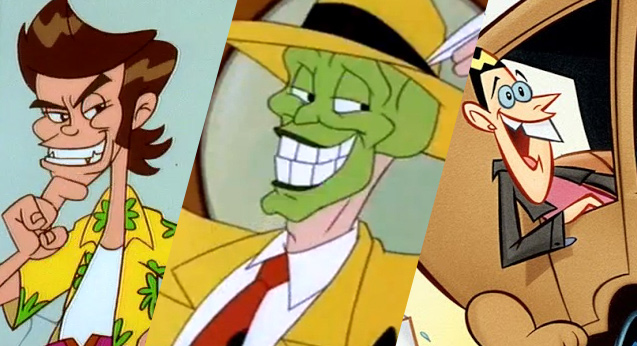
On the dawn of a new millennium, director Ron Howard and superstar Jim Carrey combined to bring Dr. Seuss’s green meanie to life in How the Grinch Stole Christmas.
It wasn’t exactly received well by critics. Perhaps it was due to a plot that stretched a very short story way too far. Or maybe it was the prosthetics job that made the Whos of Whoville look more like rat people from a Cronenberg nightmare.
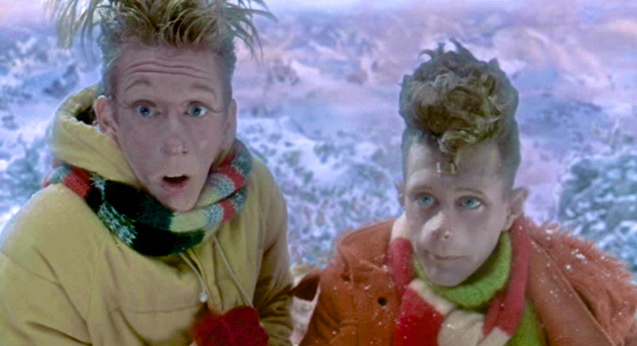
Long live the new flesh.
Big-budget family films are almost always critic-proof, however, and this film shouted a snarky “humbug!” at reviewers by being the biggest hit at the US Box Office in the year 2000. To this day, it’s still fondly remembered mainly by kids of the ’90s, which I’m sure will benefit Illumination’s new animated film (in cinemas this week).
But where does this love stem from?
It’s probably fair to say that Carrey’s the focal point of it all. His performance combined with an Oscar-winning makeup job couldn’t have captured the character better in live action. He got the sniveling voice down, the exaggerated gestures perfected, some genuinely funny jokes (“I’m an idiot!” … “You’re an idiot!”), and I don’t think there’s another human alive who could replicate that gargantuan grin.
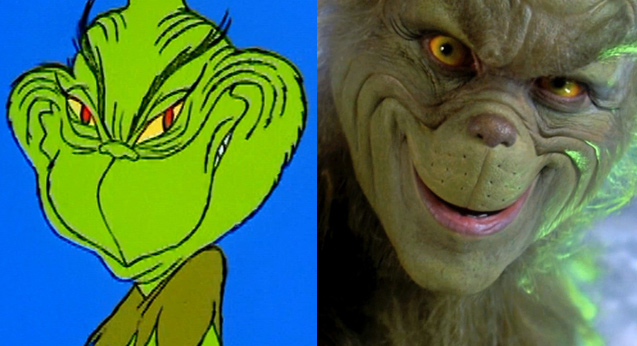
For me, it felt like it satisfied a silent anticipation that had built up for years. Carrey was not only one of the biggest stars alive, he’s one of the most successful comedians to have ever existed in Hollywood. But he had never actually led a massive family film up until this point.
Sure, he’d been in a lot of incredibly silly films, but that’s not the same thing. In the golden Carrey year of 1994, he led three major movies. Each film was rooted in a fairly stern plot that allowed Carrey to do a host of childish things.
The Mask tells a supernatural crime story about a bank clerk but shows Carrey literally bouncing off the wall. Ace Ventura is a detective film set within the NFL but shows Carrey talking out of his anus. Dumb and Dumber seemed to be aimed at kids but with jokes centred around airport terminals, pumping gas, and staring at butts for sexual arousal, I’d struggle to say it was aimed at the whole family.
There was definitely an awareness, however, that kids were latching onto these films, given that all three of ’em eventually had their own cartoon shows.

Some would say 1995’s Batman Forever qualifies as a family film by that regard, and I wouldn’t rail against that. Lord knows that film’s silly enough without Carrey’s input and they did sell kids’ toys for the darker Tim Burton films. Carrey played a suitably goofy Riddler too, but because he was the villain in a superhero story, I’m hardpressed to call it solely Jim Carrey’s film.
His reign as a real-life Looney Toon continued with Liar Liar and The Cable Guy. Both films again proved Carrey’s worth as an excellent physical goofball but still stuck in the world of adults. One of those films was about a lawyer forced to tell the truth for 24 hours while juggling a high-profile court case with fatherhood. The other was about, well, a mentally unhinged cable guy with attachment issues.
They’re not exactly storylines that’d make a kid go: “I relate to this.” However, whether through television repeats or dusty videotapes, these films made it to those young eyeballs eventually, witnessing the funnyman they saw in commercials at a time where he was at the peak of his comedic craft. Though the plots didn’t translate, good physical comedy always does.

The tail-end of the ’90s saw Carrey enter the I’m A Serious Actor phase with The Truman Show and Man on the Moon. The former found an entertaining way to frame existential questions about our limited perception of reality and the ethics surrounding human testing in any form. The latter is a biopic on Andy Kaufman with a behind-the-scenes story that is perhaps even more interesting than the film itself (watch Netflix’s Jim and Andy: The Great Beyond if you can).
Doing all this mature stuff served as a kind-of gap year for the comedian. So when How the Grinch Stole Christmas came onto the scene, it was like a rubber band snapping back to the Carrey these ’90s kids grew up on. Not only that, this was a film specifically for them, involving a story and a world they could actually invest in.
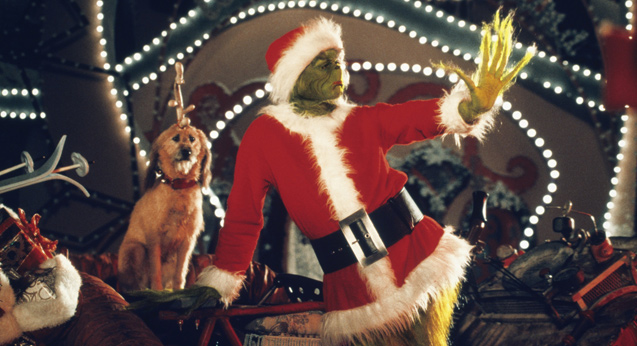
It was a big deal, as the box office success proved, bringing full circle the early career of a comedian cherished by children in a way that will probably never be replicated.
Today, Jim Carrey leads Showtime drama series Kidding as a mentally-fragile children’s television host. Next year, he’s going to be the voice of Dr. Robotnik in Sonic the Hedgehog. I can’t think of anyone more suited to those two roles.





